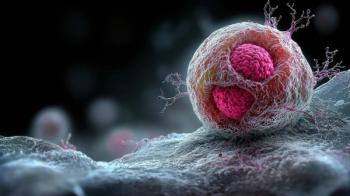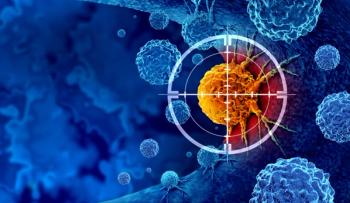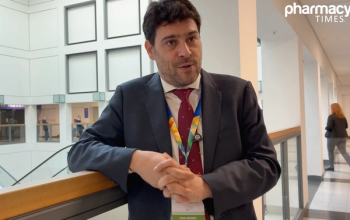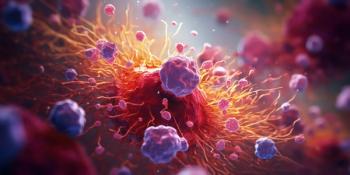
Researchers Conduct First-of-Its-Kind Review of National Data, HPV Vaccination Rates
HPV is the most common sexually transmitted infection, and if a high-risk infection does not go away, it can lead to the development of a variety of cancers, including 91% of all cervical cancers, 70% of oropharyngeal cancers, and cancers of the vulva, vagina, and penis and anus.
Bernard Fuemmeler, PhD, and his team recently conducted the first-ever systematic review of area-level data reported in the United States between 2006 and 2020 to determine how geography, neighborhoods, and sociodemographic factors affect human papillomavirus (HPV) vaccination rates among adolescents and young adults, according to a study published in Cancer Epidemiology, Biomarkers, and Prevention.
HPV is the most common sexually transmitted infection, and if a high-risk infection does not go away, it can lead to the development of a variety of cancers, including 91% of all cervical cancers, 70% of oropharyngeal cancers, and cancers of the vulva, vagina, and penis and anus. An HPV vaccination can significantly reduce the number of new cancer diagnoses linked to the virus, in addition to preventing a number of other health complications.
“Given the effect that HPV vaccination has had on cancer prevention, it is important to identify factors influencing HPV vaccination coverage,” Fuemmeler said in a press release.
The CDC recommends 2 doses of the HPV vaccine 6 to 12 months apart beginning at 11 or 12 years of age and for everyone through 26 years of age if not already vaccinated. However, despite this recommendation, Fuemmeler and his team found that across these studies, vaccination uptake is not uniform within the population. Furthermore, existing studies suggest that vaccination coverage varies markedly across the United States and within local US regions, according to the current study.
“Understanding how HPV vaccination coverage varies by geography can help to identify areas of need for prevention and control efforts,” Fuemmeler said in a press release.
The research team proposed 5 recommendations and future considerations to overcome the current barriers to effectively address and improve national HPV vaccination coverage, including:
- Foster interdisciplinary collaborations and research to support more detailed analyzes of geographic disparities in HPV vaccination coverage.
- Standardized procedures for immunization reporting systems to make information consistent across states.
- Standardize variable definitions in research on HPV vaccination coverage.
- Incorporate spatial regression modeling approaches to identify where HPV-related burdens are elevated and prevention and intervention efforts are needed.
- Obtain data on HPV prevalence in smaller geographic areas for a more detailed understanding of HPV vaccination coverage nationwide.
“Our findings demonstrate the need to adopt geospatial, standardized and collaborative approaches in future studies that allow for the effective mapping, detection and reporting of geographic areas with low HPV vaccination coverage,” Fuemmeler said in a press release.
REFERENCE
Massey researchers conduct first-of-its-kind review of national data to better understand geographic factors that affect HPV vaccination rates. Massey Cancer Center.
Newsletter
Stay informed on drug updates, treatment guidelines, and pharmacy practice trends—subscribe to Pharmacy Times for weekly clinical insights.






















































































































































































































